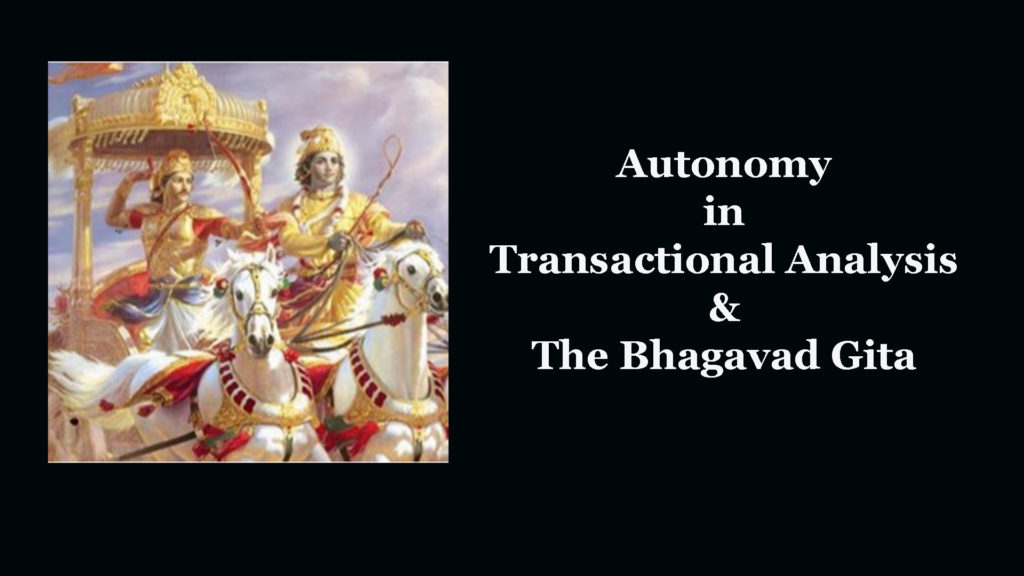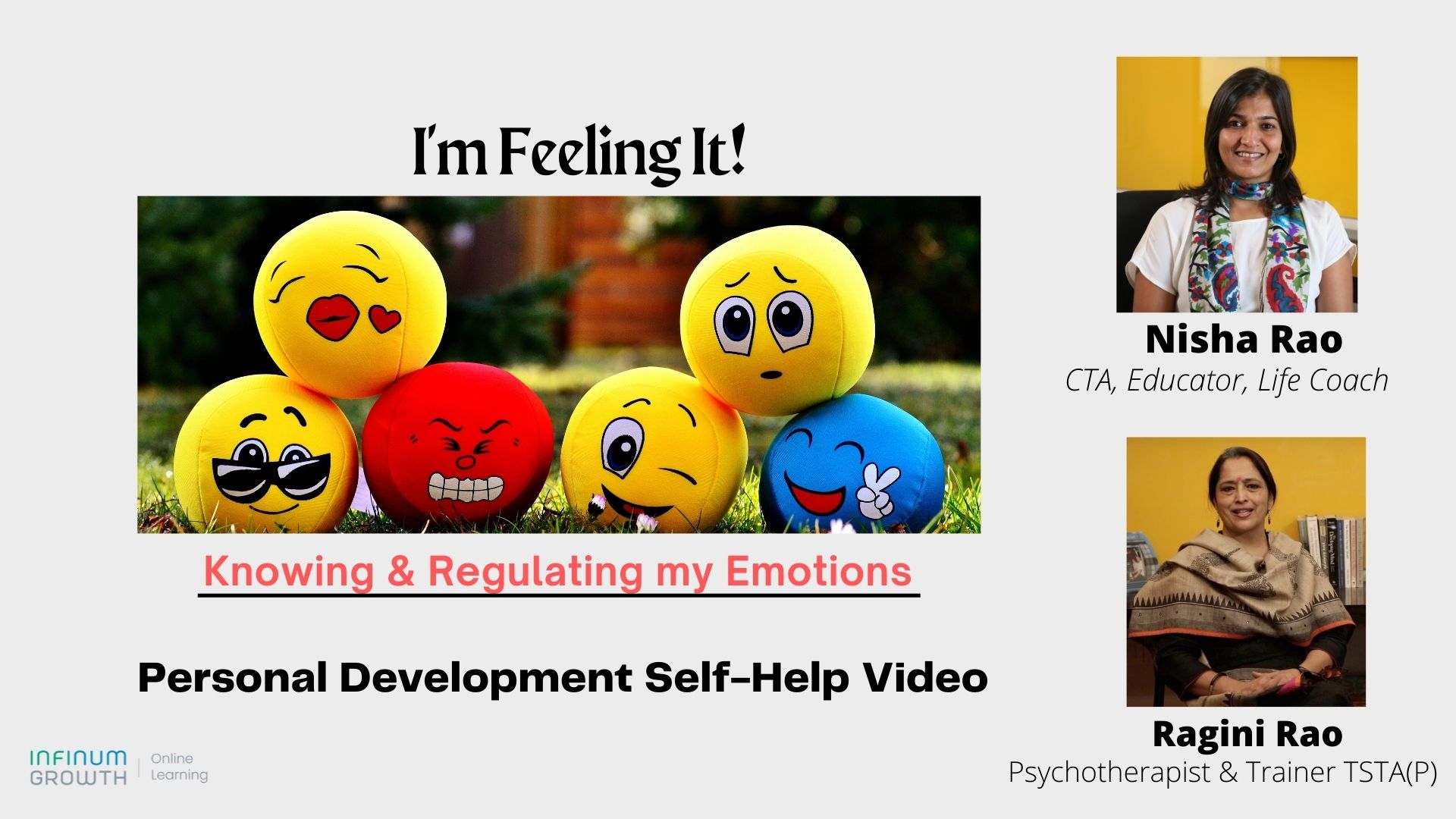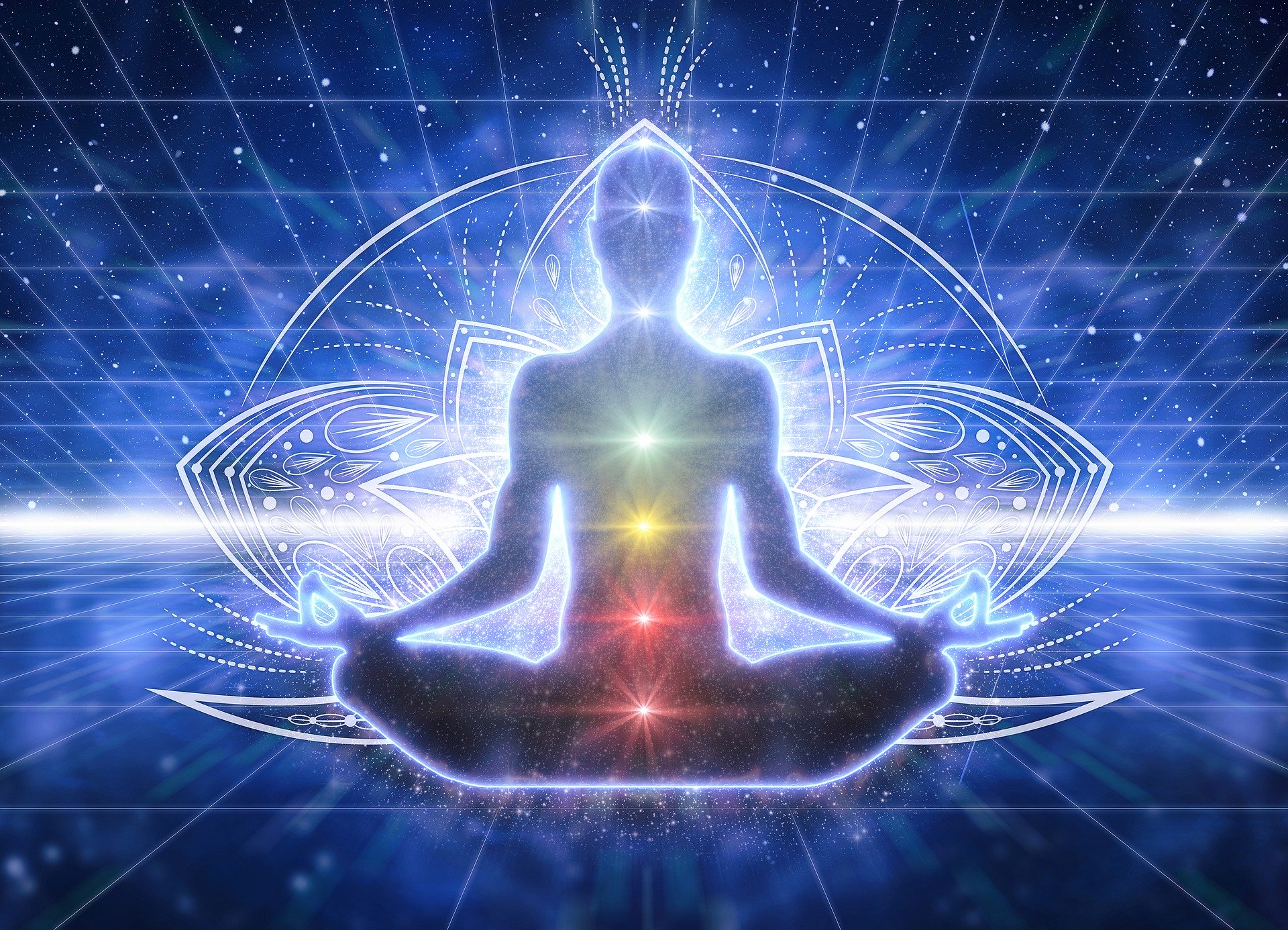Transactional Analysis is a theory first postulated by Eric Berne, to understand an individual’s personality, his interactions with himself and others. It is a tool for personal growth and development to enable the individual to evolve into an integrated person.
In his book, Games People Play, Eric Berne, explains that to be an integrated person, attaining Autonomy is the key.
Autonomy, as per him, is manifested by the release or recovery of three capacities
1. Awareness
2. Spontaneity
3. Intimacy
Later theorists added one more dimension to the description of Autonomy, namely, Responsibility.
These four dimensions can be understood as follows
1. Awareness- your ability to be alive to all the senses and stimuli within and around you, that is, internal and external environment or realities.
2. Spontaneity – All of us operate, at different points of time, from one of the three ego states – Parent, Adult and Child. Spontaneity is the conscious exercise of our choice to respond to a stimulus from any of these ego states.
3. Intimacy – This is our ability to unconditionally accept ourselves, other people and situations we find ourselves in. This happens only when every response to a stimulus emanates from love for self or others.
4. Responsibility– We show responsibility when we exercise a response to a stimulus based on a moral choice – based on either our own or socially defined accepted set of values.
When a person conducts every action based on the above four capacities, he or she is said to be autonomous.
Eric Berne says all human beings are basically born princes and princesses.
All human beings deserve respect and dignity. He talks about Physis, the life instinct, coming from the deepest biological roots of the human being and aspiring and striving towards the greatest realization of Good.
Such a person, who is aware, healthy, integrated and evolved, resonates completely with the model of a fully evolved, self realized individual as depicted in the Bhagavad Gita, written over 5000 years back.
The Bhagavad Gita talks about the innate divinity of all human beings. It says all human beings are potentially divine and the goal of spiritual growth is to get in touch with the inner divinity- the Atman.
Both Transactional Analysis and the Bhagavad Gita philosophy emphasize the human being’s inner drive to health and growth.
The “Geetopadesam”, the rendering of Gita by Krishna to Arjuna, in the battle field, is one long session of Psychotherapy. Krishna activates Arjuna’s Adult Ego state from the crest fallen, confused, Child Ego state.
All dimensions of the de-contamination (confronting one’s limiting beliefs) and de-confusion process are beautifully expounded and role modeled by Krishna in all ways- cognitive, affective and empathetic.
Krishna gives a clear depiction of a self realized soul, its capacities and qualities and eventually expounds the deep spiritual dimension of realizing one’s own divinity within oneself.
The philosophy of Bhagavad Gita
The Gita’s philosophy emphasizes the power of appropriate action and condemns running away from the here and now reality.
Facing reality with awareness, choosing the path of action with detachment and seeing the divinity in all human beings are the qualities of a self realised person.
Doing all action with Equanimity- mind in perfect balance- is the essence of Yoga. The balanced feeling, thinking and action is referred to as ‘Samathwa Bhava.’
This self realised person, as depicted through various verses of the Bhagavad Gita, is very much the same as Berne’s concept of an autonomous person.
The Gita condemns inaction and emphasizes action with awareness. Such action is to be taken after “having made pain and pleasure, gain and loss, conquest and defeat the same’ in the mind.
Such a development of the mind is referred to as “Stitha(steady) Pragnya(knowledge) ”.
Self-realization, according to Gita, is not attained by miracle or magic. It is attained in the normal life with depth added to it.
So autonomy from the Gita perspective is handling the packet of psychophysical energy, developing it, expanding it to bring the best out of it.
Thus, the self realized person is evolved, has equanimity and stability of mind, which will not be bogged down by external or internal stimuli.
Such a person is anchored in his/her own self and sees Divinity in self and others. Such a person rises to appropriate action.
The Bhagavad Gita amazes us with the clarity of thought and understanding which existed thousands of years ago about the evolved human being and which has stood the test of time.
References:
1. TA in Psychotherapy, Eric Berne
2. Games People Play, Eric Berne
3. What do you say after you say Hello, Eric Berne
4. Universal Message of the Bhagvad Gita, Vol 1, Swami Ranganathan
5. The Bhagwad Gita, commentary by Swami Chidbhavananand
Please do leave your comments at the bottom and do share with others if you like this article.



















We must bring the scriptures (vedas, upanishads, bhagwatam, bhagavad gita, Mahabharata, ramayana) into mainstream education, to build citizens with a strong character and right perception, who will take ecologically sound decisions. The Gurukula system of education is what the world needs, moving forward.